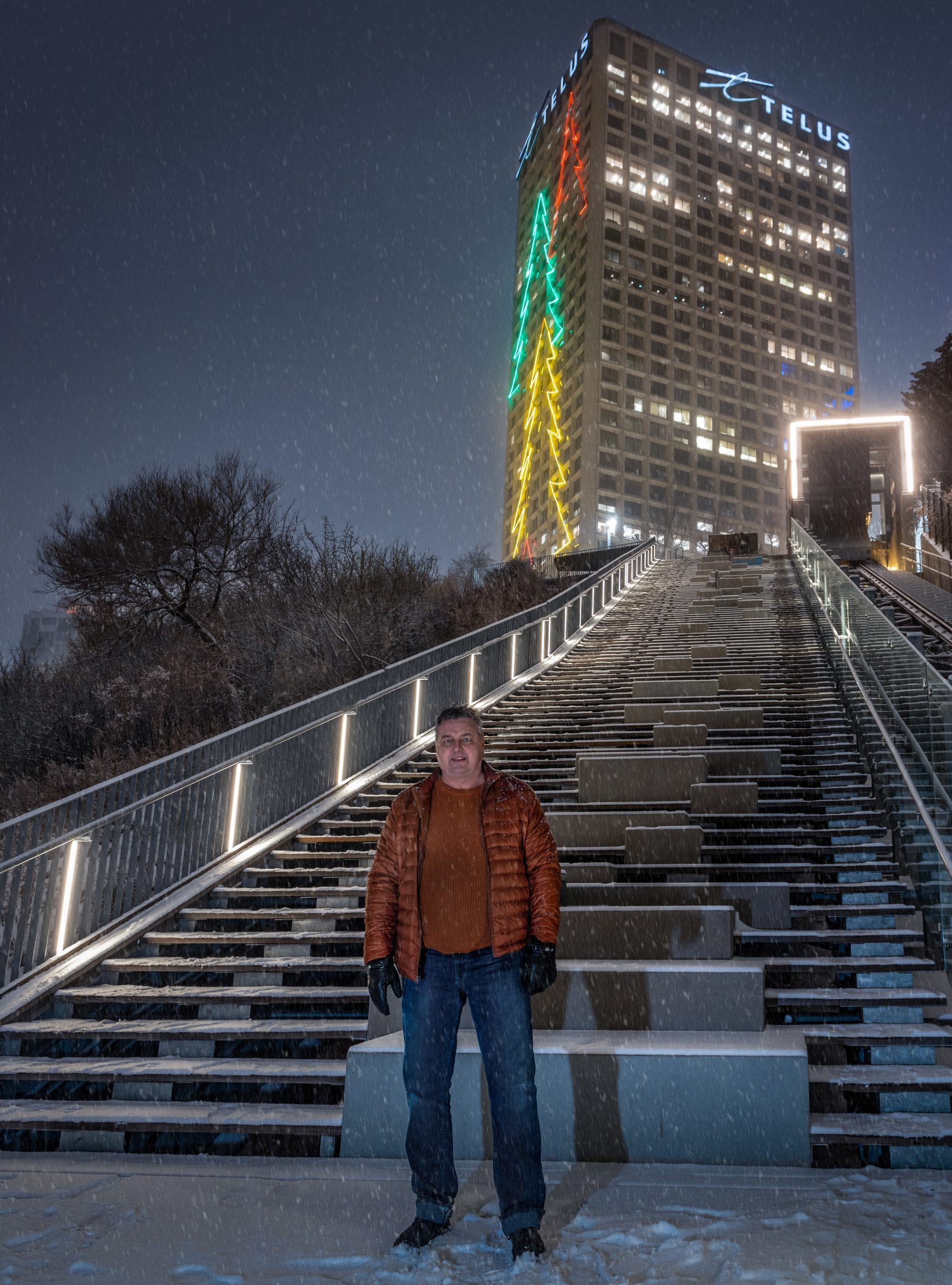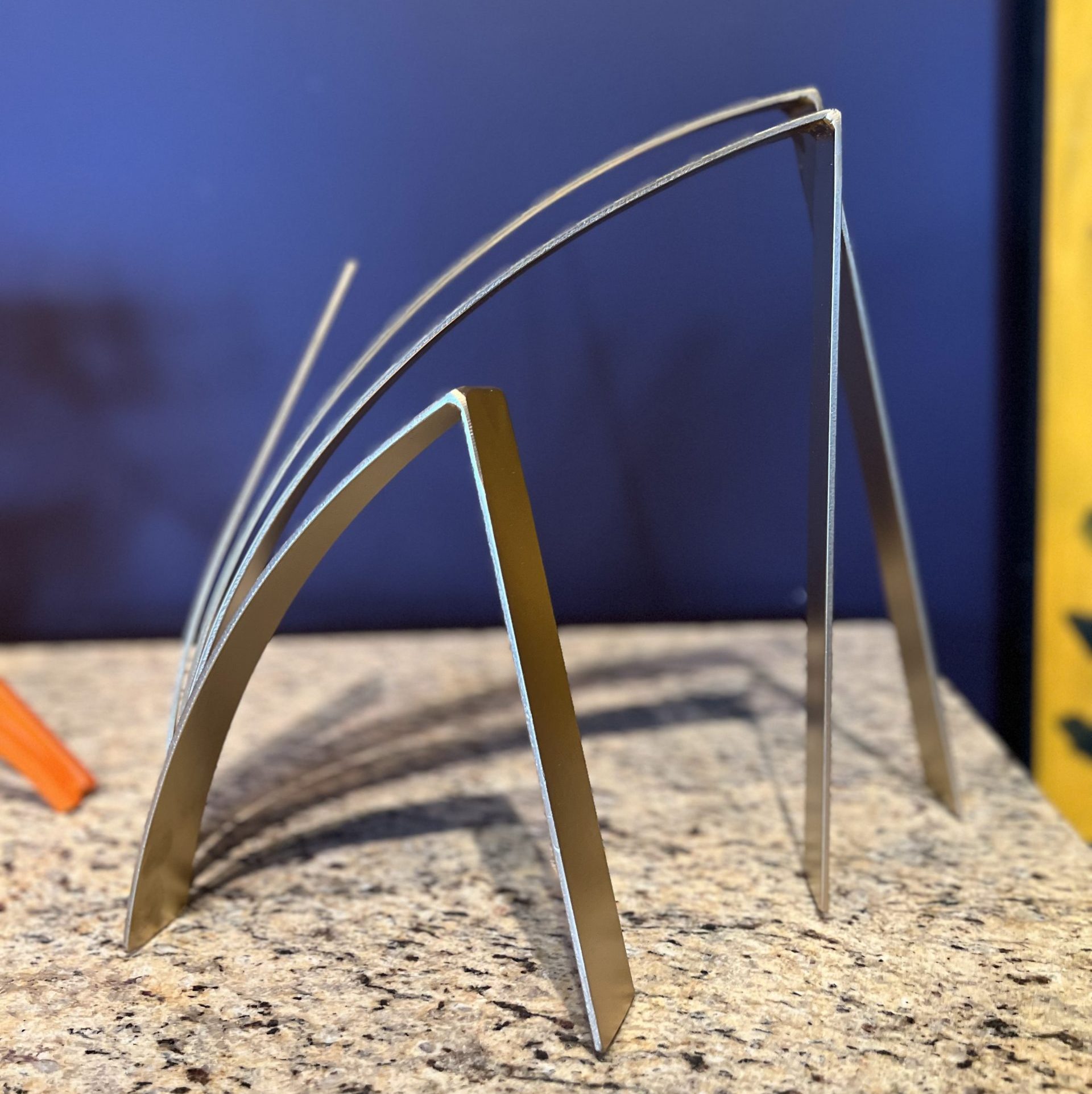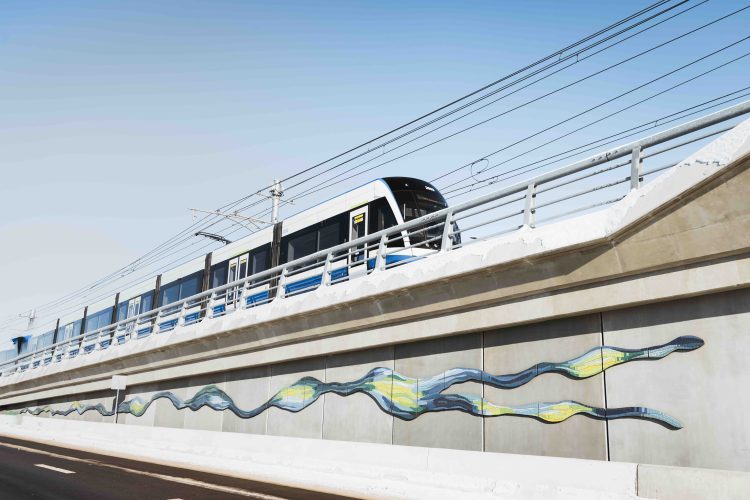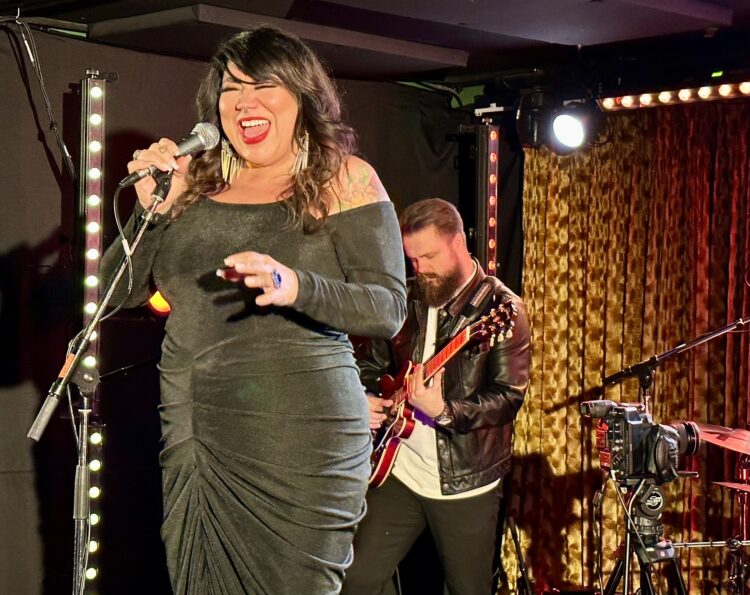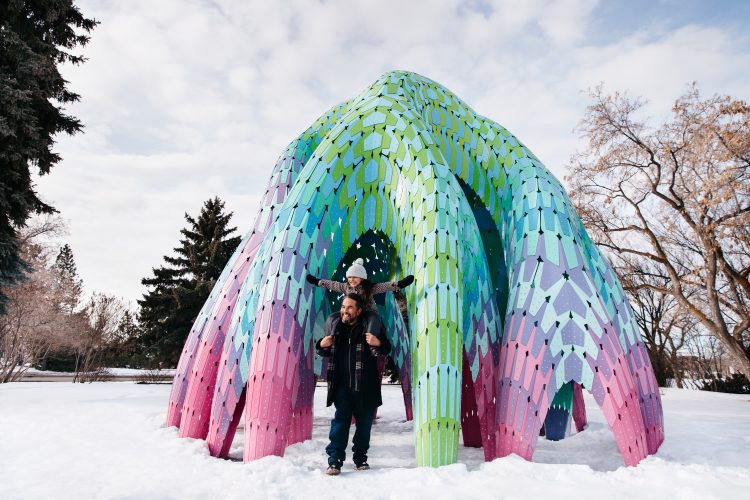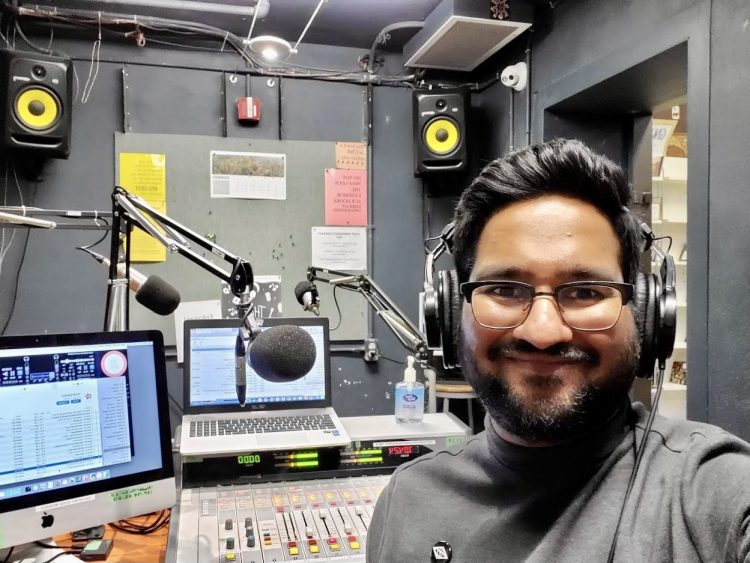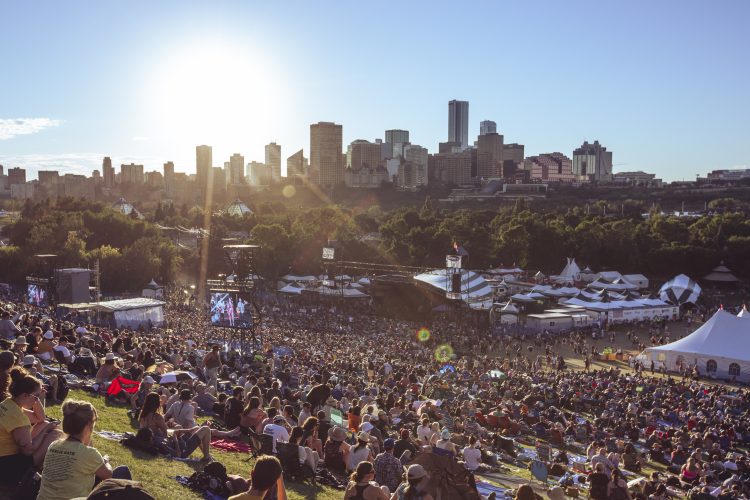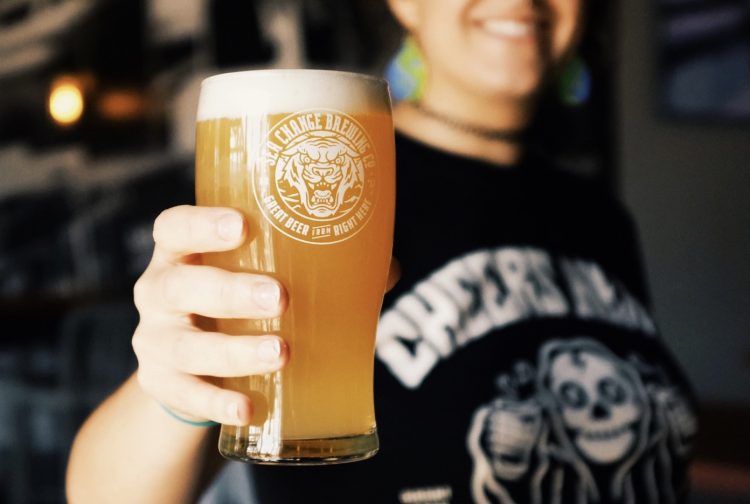A not so warm welcome
In December 1968, Slavo Cech and his family emigrated from what is now the Czech Republic to Canada. While they had a few options to choose from, they ultimately landed in Edmonton.
“My dad had a mechanical engineering background, and while they were at a refugee camp in Germany, he looked into Australia and Canada,” Slavo explains while sitting in his studio in Edmonton’s southside. “One thing that stuck out was that Edmonton was an industrial up-and-coming city with oil and machine shops. So he thought it would be a great place to move to.”
The family had quite the introduction to the city’s winters. The Cechs arrived one month before the historic January of 1969, when Edmontonians faced 26 days straight of -20 C (and colder) temperatures. It didn’t dissuade the young Slavo, though, as he has stayed in Edmonton ever since. He embraces winter, especially enjoying snowy walks in the river valley.




